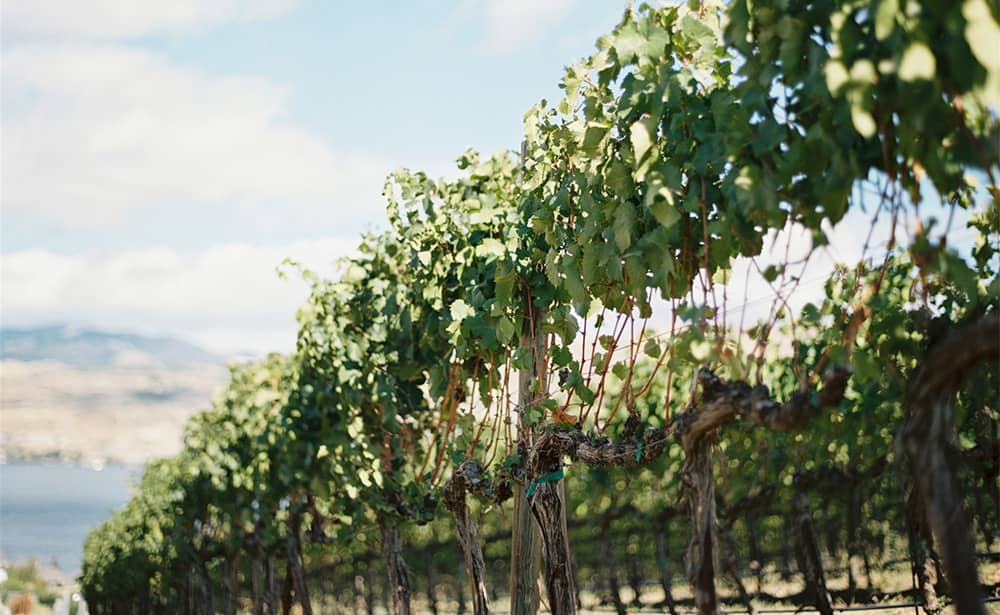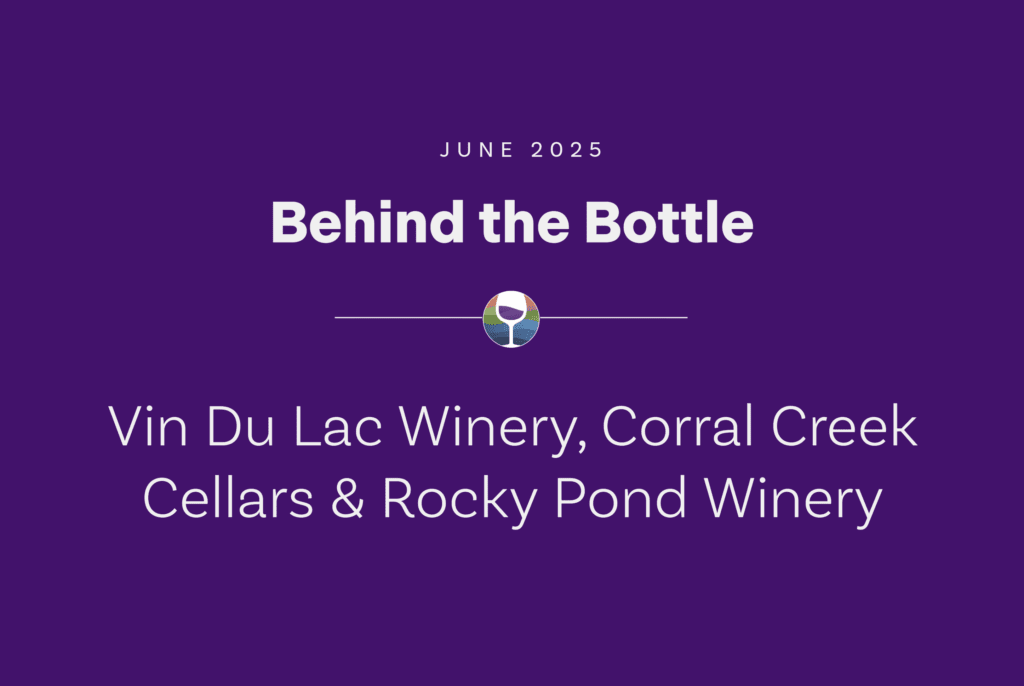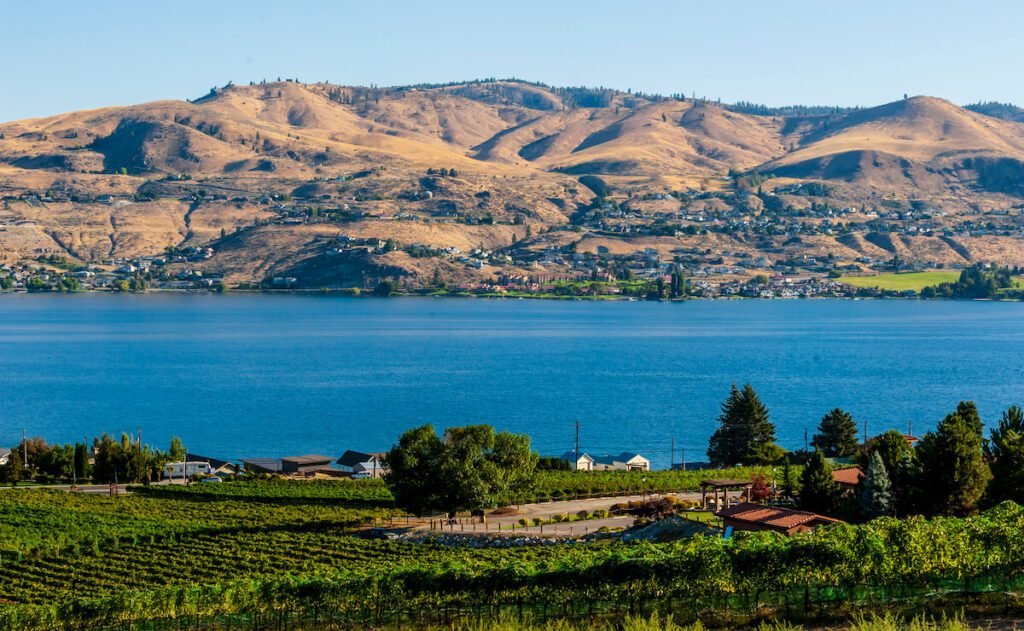What Makes the Lake Chelan AVA Unique?
Nestled within the heart of the Cascade Mountain Range is a crown jewel of the Pacific Northwest: Lake Chelan.
The lake is a relic of Ice Age flooding, responsible for the glacial till and unique climate that allow viticulture to thrive in today’s Lake Chelan AVA as we know it.
Each wine you taste from Lake Chelan grapes tells the story of the valley. It’s a harrowing tale of dueling ice sheets, volcanic soils, and the pioneers of the local industry who have worked tirelessly to establish Lake Chelan as a premier Washington wine destination.
Geologic History
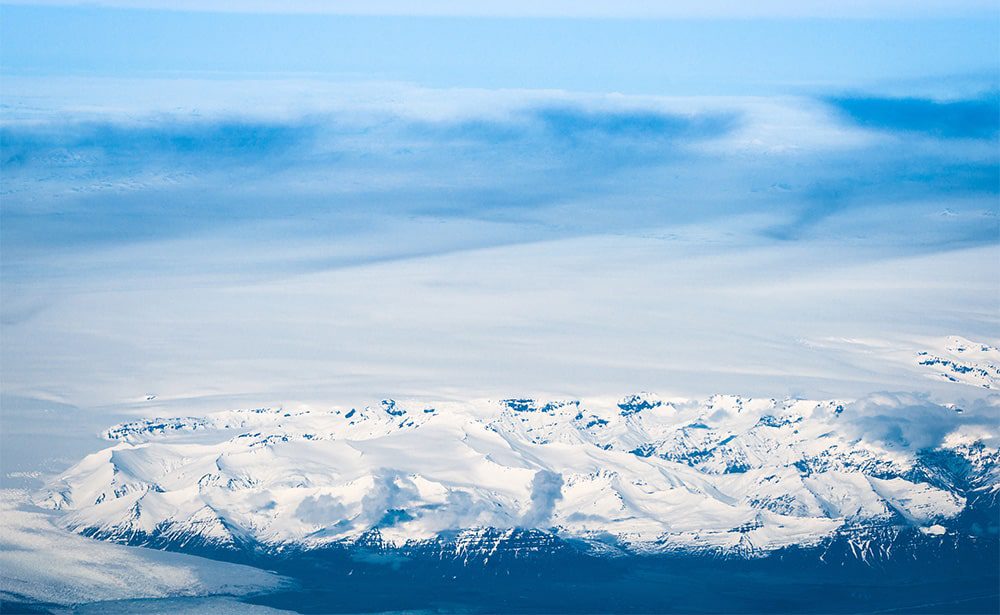
At the heart of the story of viticulture in Lake Chelan is geology spanning back millions of years.
During this time, two ice sheets flowed into the valley from separate directions, eventually receding and leaving behind the soil and topography that made it what it is today.
Additionally, the glacier that formed Lake Chelan acted as a barrier against the Missoula Floods, a massive geologic event at the end of the last ice age.
During this time, the ice dam on the Clark Fork River would periodically rupture, causing waters to rush down the Clark Fork and Columbia River and flood much of Eastern Washington.
The Lake Chelan area was largely protected from these floods by the glacier. This is one of the predominant factors differentiating the soil types and growing conditions from other areas of Washington State. In fact, Lake Chelan is the only sub-AVA of the Columbia Valley AVA that has bedrock that is not dominated by basalt.
Evidence of the floods is still found in the glacial erratics on the plateau above Lake Chelan, mere miles from the lake.
Soil Types
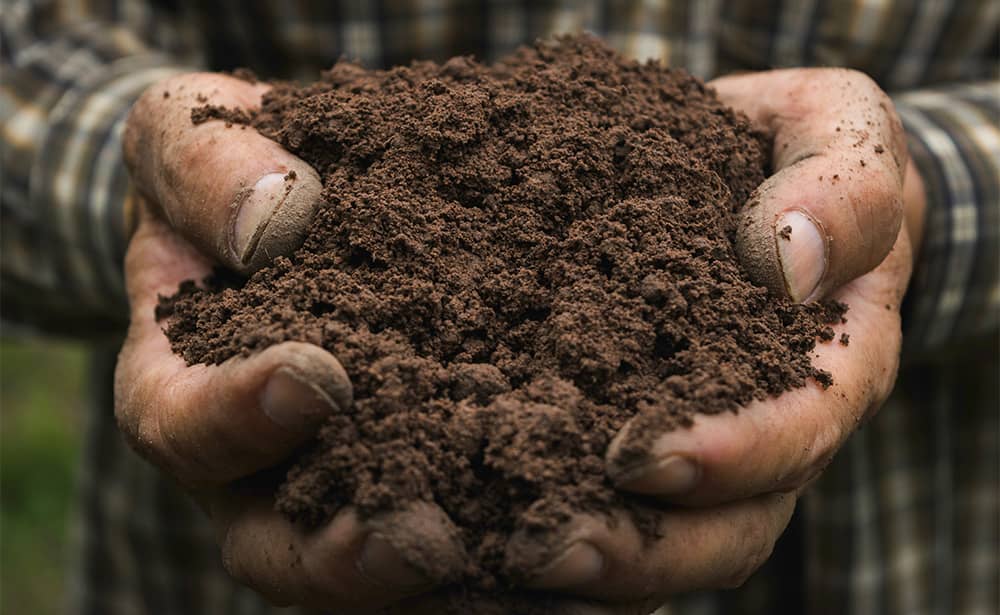
The Lake Chelan AVA is largely distinguished by its soil type due to its glacial origins. Here you will find a mix of coarse, sandy sediment and notable amounts of quartz and mica. This comprises what is often referred to locally as “glacial till” — the rock debris deposited by the alpine glacier that formed the lake. The soil is also characterized by volcanic ash due to several eruptions of Glacier Peak over the past 15,000 years.
In addition, the prevalence of pumice improves aeration and drainage and allows soils to retain excess moisture with its porous structure. Together these elements produce grapes with discernable textures, minerals, and nutrients.
Climate
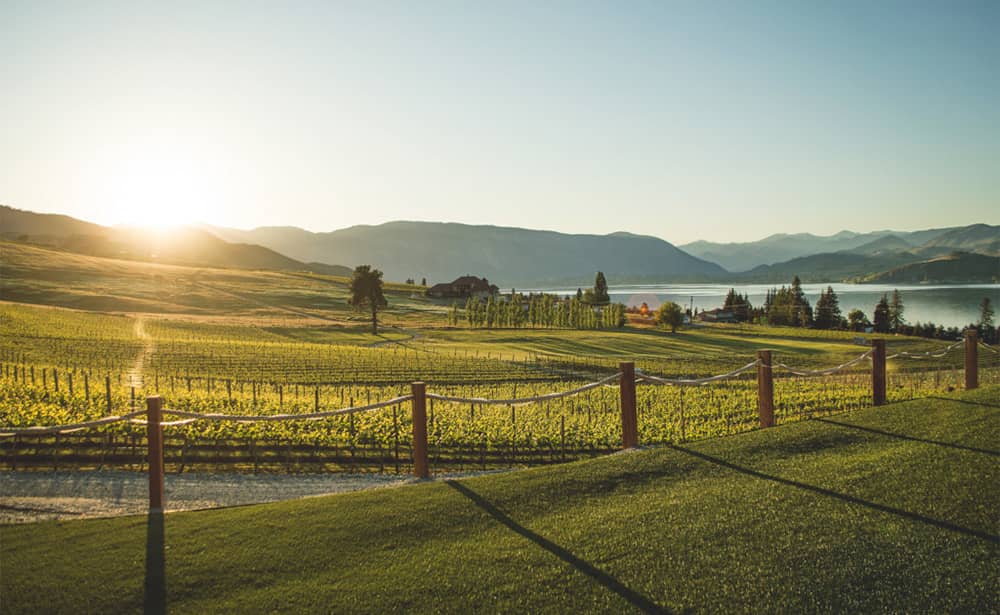
Tourists flock to the Lake Chelan Valley for its favorable weather conditions. Boasting an average of 300 days of sunshine per year and highs of 76-88 degrees Fahrenheit during the summer months, it is an unparalleled oasis for sun-seekers.
It is these same weather conditions that lend the area so nicely to viticulture. Long, hot days and cool evenings during the growing season are optimal for grape growing.
None of this would be possible without the lake itself. Growing conditions are ultimately impacted by what is known as the “lake effect” — a meteorological phenomenon that creates mild and favorable growing conditions for the surrounding region.
At a depth of nearly 1500 feet, Lake Chelan acts as a heat sink, storing the warmth from the summer months. It reradiates this heat back out through the rest of the year. This results in a moderate climate with a longer growing season and reduced risk of frost. The hang time is extended, allowing sugars and acids to develop and add complexity to the final product.
A Spirit of Innovation
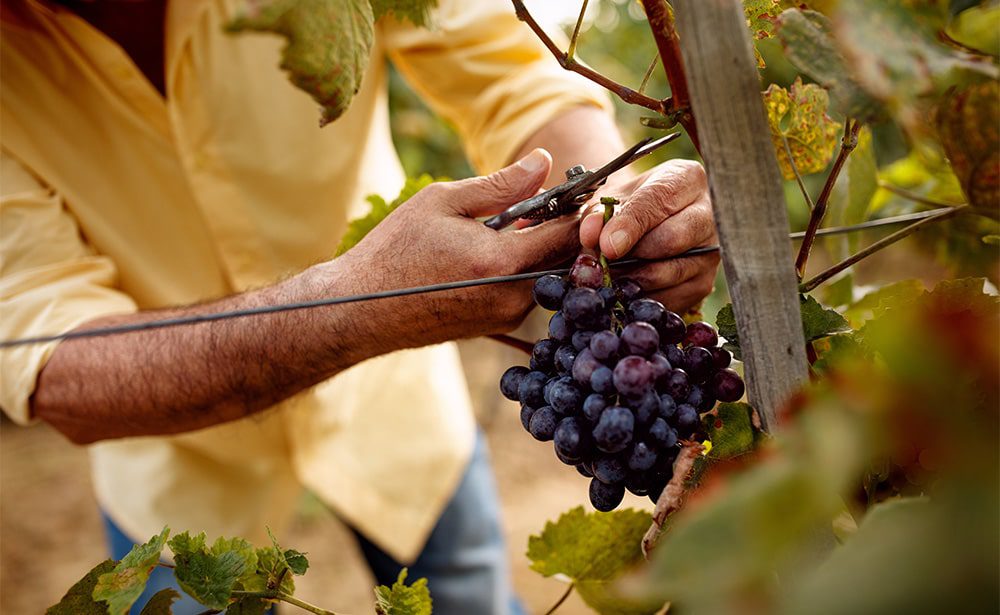
The Lake Chelan AVA is distinguished by another important component: its community of passionate and innovative winemakers and grape growers.
As a relatively young AVA (established in 2009), wineries here find a thrill in introducing new varietals and experimenting with production techniques. What began as a small acreage of commercial vineyards in 1998 has quickly blossomed into a burgeoning wine industry characterized by the laid-back lake lifestyle and a spirit of collaboration.
Today, the Lake Chelan Wine Valley spans over 300 acres of planted vines and features 30+ vineyards and 40+ unique wineries and tasting rooms.Visit year-round for seasonal festivals, vineyard tours, and premier tasting experiences that showcase these glacially influenced wines’ crisp minerality and depth of character.
